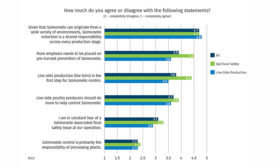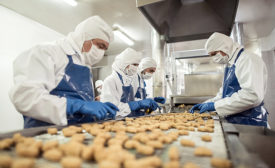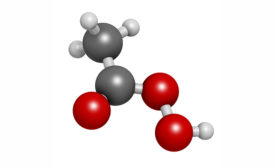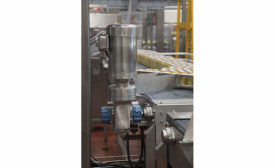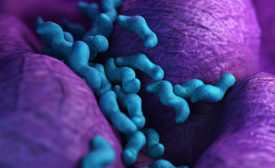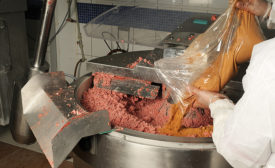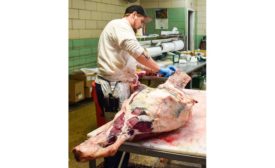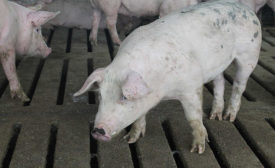Meat and Poultry Processing
2020 Food Safety Report | Supplier's Perspective | Poultry
2020 Food Safety Report | Cold-Chain Solutions
Leverage outside help to maximize food safety
Third-party solutions providers can help processors maximize food safety and consumer reach.
Read More
2020 Food Safety Report | Science & Technology
The chemistry of peracetic acid
March 9, 2020
2020 Food Safety Report | Supplier's Perspective | Equipment
Energy-efficient wash-down motors make dramatic impact
Read More2020 Food Safety Report | Supplier's Perspective | Standards
Are you ready for new FSIS performance standards?
Read MoreMeat & Poultry: The right tech (to) blend
Product quality and consistency depends on the proper selection and use of equipment that adds uniformity to meat and poultry products.
Read More
Livestock production on point in 2020
Barring any unforeseen circumstances, meat and poultry production and prices should be steady.
Read More
Stay ahead of the curve. Unlock a dose of cutting-edge insights.
Receive our premium content directly to your inbox.
SIGN-UP TODAYCopyright ©2024. All Rights Reserved BNP Media.
Design, CMS, Hosting & Web Development :: ePublishing
